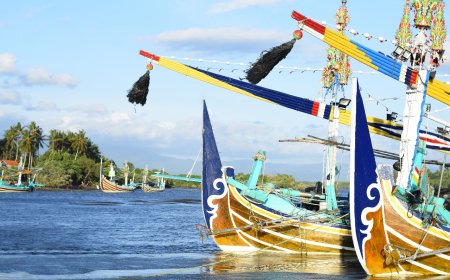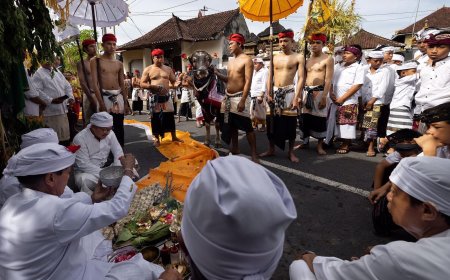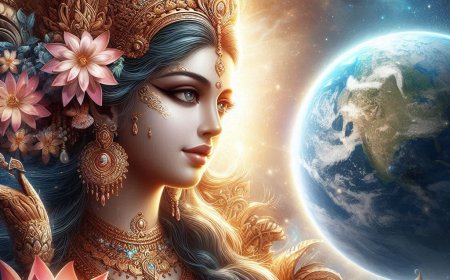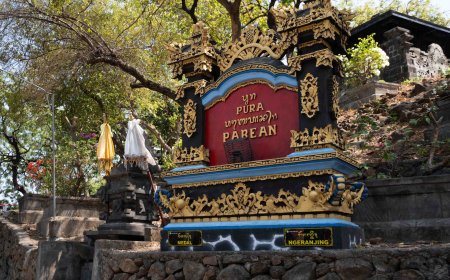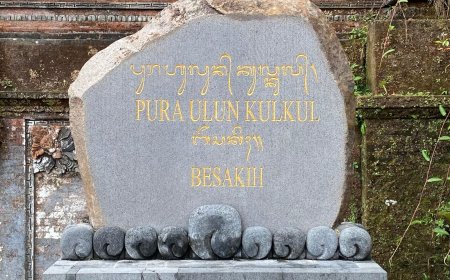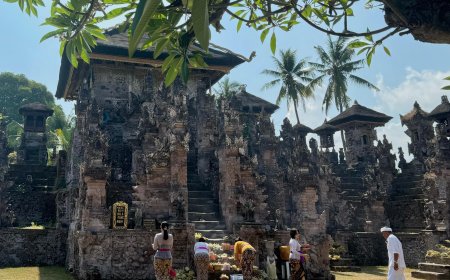Samuan Tiga Temple: The Spiritual Heritage of Kahyangan Tiga on the Island of the Gods
Bali with a majority of Hindu population makes this island known as the Island of a Thousand Temples, considering that this small island which is a world tourist destination has a number of temples that are worshiping all Hindus in each region. One of the temples which existence is very influential on Balinese culture and traditions that exist today is Samuan Tiga Temple.
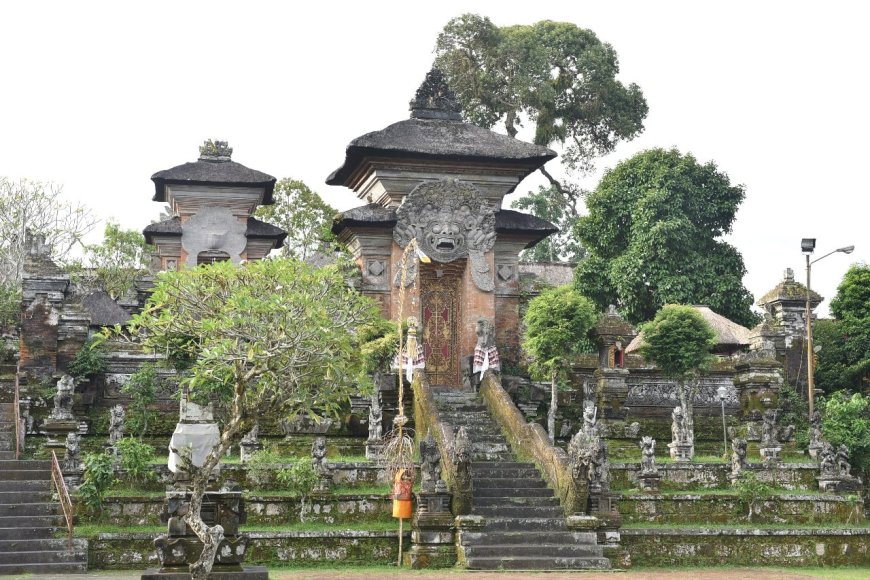
Samuan Tiga Temple is located in Bedulu Village, Blahbatuh District, Gianyar Regency, Bali. This temple has a beautiful scenery and is rich with Hindu’s religious history in Bali. The location is very strategic because it is close to some famous tourist destinations such as Ubud, Goa Gajah, and Tirta Empul Temple, making this temple visited by many domestic and foreign tourists.
Built around the 10th century and as one of the preserved cultural heritage sites, Samuan Tiga Temple holds various historical stories of Hindu civilization in Bali as well as the origin of the concept of Tri Murti and Kahyangan Tiga Temple. The emergence of the Tri Murti concept is closely related to the division between Hindu sects in Bali during the Old Bali period. This split occurred because each sect had a belief in worshiping certain Gods as the main God and considered that their sect's beliefs were the best while the beliefs of other sects were considered inferior. Seeing the conditions that increasingly threatened the stability of community life, King Udayana as the King of Bali Kingdom at that time, tried to overcome the problem by bringing in several religious leaders, one of whom was Mpu Kuturan. He held a meeting with the leaders of the three major groups of Hindu religious sects at Gunung Goak Temple to find a solution. This meeting resulted in the decision of abolishing the sects in Bali and applying the concept of Tri Murti through the formation of pakraman village and the construction of Kahyangan Tiga Temple.
The Kahyangan Tiga temple in each pakraman village is built to worship the Tri Murti Gods, namely Desa Temple or Bale Agung Temple to worship Lord Brahma in the manifestation of Ida Sang Hyang Widhi Wasa as the creator of the universe, Puseh Temple to worship Lord Vishnu in His manifestation as the caretaker of the universe, and Dalem Temple to worship Lord Shiva in His manifestation as the dissolver of the universe and its contents.
Based on the meeting with the leaders of these sects, Gunung Goak Temple is now known as Samuan Tiga Temple. According to Balinese tradition, naming something will usually be associated with a certain purpose or to commemorate a historical event that has occurred. The name Samuan Tiga Temple itself comes from two words, “Samuan” which means meeting and “Tiga” which refers to the three major Hindu sect leaders in Bali. Thus, Samuan Tiga means a meeting attended by three major groups or major forces of Balinese Hindu sects.
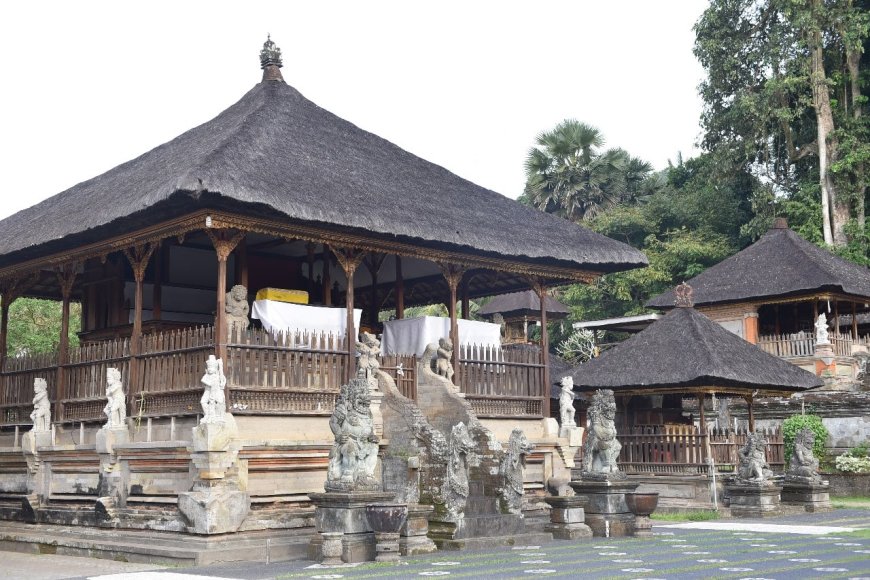
Mandala Penataran Agung (Source: Editorial Collection)
Samuan Tiga Temple consists of 7 courtyards or mandalas and several pelinggih which are similar to the pelinggih in Besakih Temple. The seven mandalas are Mandala Jaba Sisi, Mandala Penataran Agung, Mandala Duwur Delod, Mandala Beten Kangin, Mandala Beten Manggis, Mandala Sumanggen, and Mandala Jeroan. In each mandala, you can find several buildings with various patterns of Balinese Hindu culture. The structures of Samuan Tiga Temple are closely related to the surrounding temples, including Bukit Temple, Dalem Puri Temple, Geduh Temple, Tegal Penangsaran Temple, Pasar Agung Temple and Melanting Temple located to the east, Batan Jeruk Temple located to the south, Telangu Temple located to the west, and Santrian Temple located to the north of Samuan Tiga Temple.
Knowing the importance of Samuan Tiga Temple for the order of life and the development of Hindu beliefs in Bali, this temple will always be filled with pemedek or people who will worship from all regions in Bali during the piodalan ceremony. Although the temple area is quite large, it is not uncommon for worshipers to queue to pray at several pelinggih. But this does not effect their desire to pray, even the number of worshipers who come always increases every year.
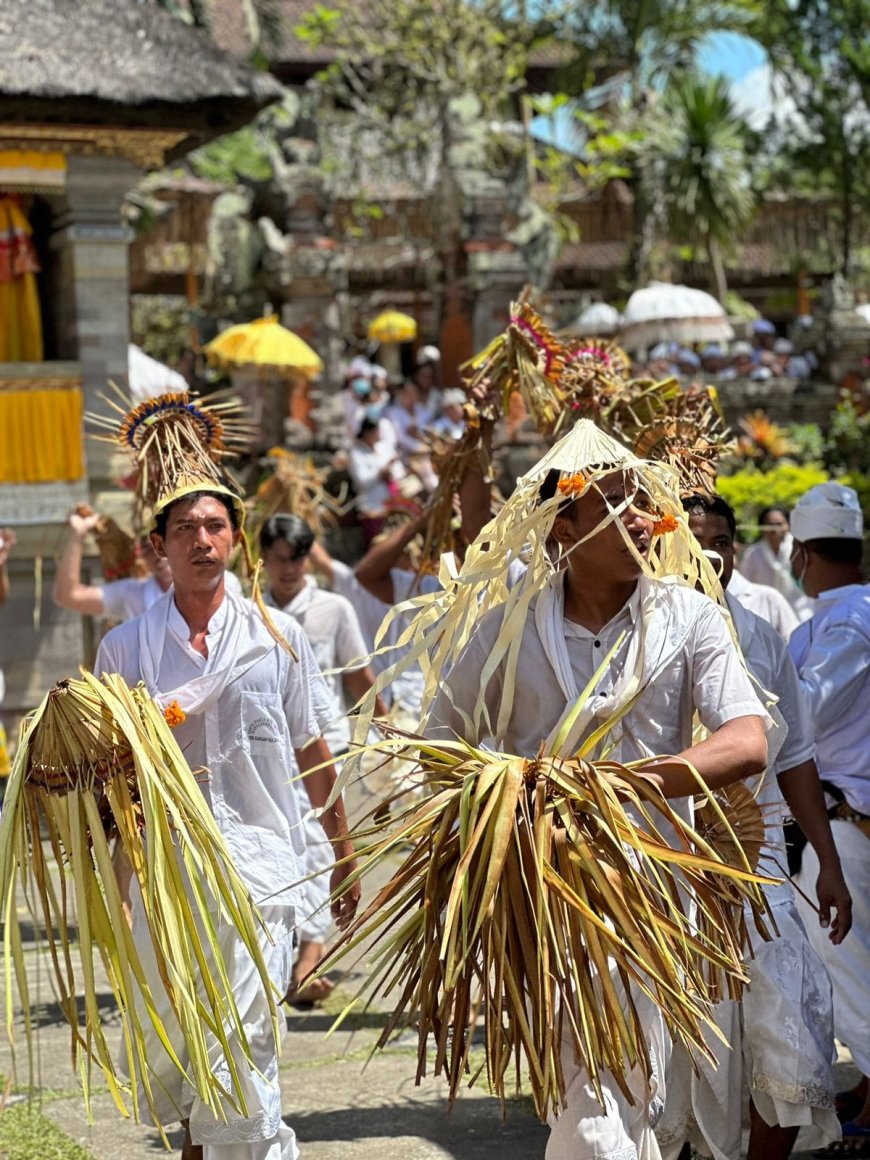
Siat Sampian (Source: Editorial Collection)
In addition to being rich in history, Samuan Tiga Temple also has a unique tradition that cannot be found anywhere else and is routinely carried out once a year. This tradition is known as Siat Sampian or fighting using janur from the ceremonial materials that have been made. This tradition is a symbol of the resistance of dharma (virtue) over adharma (evil) and as a form of respect for the unity of the Balinese people who were once divided into several sects.
The rich history, culture, and tradition of Samuan Tiga Temple is very important to preserve and maintain its authenticity so that it is not lost in the globalization era. This cannot be achieved if the preservation efforts are only carried out by the local community, so it takes great strength to maintain this heritage and full awareness by the whole society to participate in preserving the Samuan Tiga Temple.









